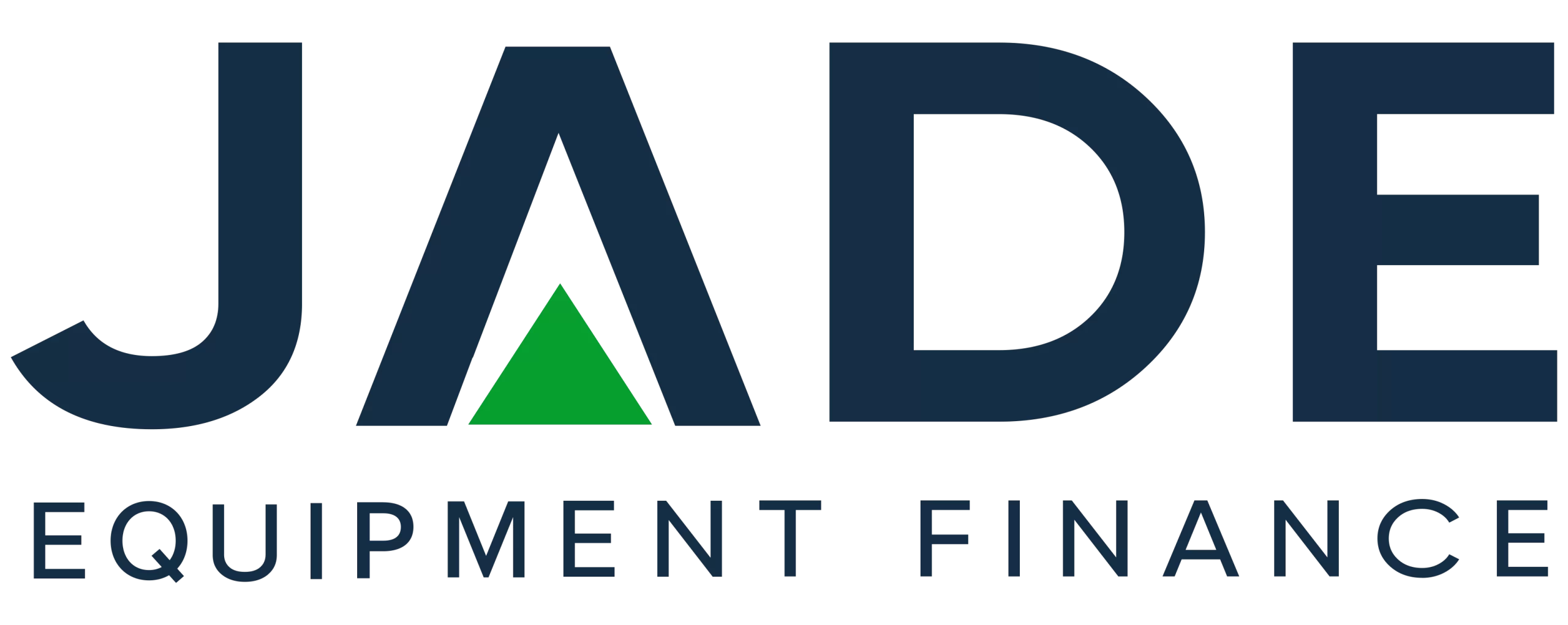Many Australians would not have needed official figures to know that inflation is gripping the economy hard. But the reality of the current economic conditions were confirmed last week with the release of the official report on inflation for the September quarter by the Australian Bureau of Statistics (ABS). The September 7.3% inflation figure has many experts indicating further rises in interest rates will be announced affecting many markets including equipment finance.
The soaring rate of inflation has been the main reason that the RBA has undertaken the current cash rate rises and these latest figures will no doubt be considered by the RBA Board regarding its next rate decisions for November and December. The ABS announcement also came in the same week as the October mini-budget was delivered by the Federal Treasurer.
While the budget itself does not directly affect interest rates, as they are established by the RBA, these latest decisions and figures around the state of the economy have the potential to impact lending interest rates.
Inflation Figures – September Quarter
The ABS published the latest Consumer Price Index (CPI), better known as inflation rate, on Wednesday 26 October for the quarter July through September 2022. The report reveals the CPI rose 1.8% in the quarter, placing Australia’s inflation at 7.3%. Michelle Marquardt, the Program Manager of Prices at the ABS said the increase for the recent quarter were in line with the previous June (April through June) quarter but lower compared with the March (January through March) quarter. A 2.1% increase was recorded for the quarter ending 30 March.
Since 2000 when GST was brought in, each of these 3 quarters has recorded a higher increase than any of the other quarters over the past 22 years. The annual inflation rate of 7.3% is the highest going back to 1990. The most significant contributors to the rise were named as gas, furniture and especially new homes.
In the media release, Ms Marquardt advised that the increases in the new houses sector resulted from higher costs of labour as a result of the shortages being experienced in construction in addition to materials shortages which added pricing pressure. September did see an easing in the rate of growth of prices of new dwellings when compared with earlier quarters this year. This slower growth is seen as supply constraints easing and demand softening.
Higher wholesale pricing of gas then passed to consumer was seen as the reason for the 3.2% increase in electricity. Rises nationally were offset in part by electricity credits in WA, ACT and QLD. Without the credits, the ABS says electricity costs would have risen 15.6%.
A 2.9% rise in takeaway and dining accounted for much of the 3.2% food price rises. This is attributed to increased costs of wages, transport and ingredients. Price of fruit was up 6.6% and vegetables 2.9%. Weather events also contributed to these higher costs, though it should be noted here that the recent devastating floods in Victoria and NSW where many crops have been wiped out are not reflected in this recording period.
Automotive fuel prices fell by 4.3% for the quarter. This reflects the drop in the price of crude. Overall, major contributors to the 7.3% annual rise in CPI are new homes 20.7% and 18% from automotive fuel.
The new dwellings area has now recorded two consecutive quarters of its strongest inflation since reporting of the these statistics started in 1999. Less grants through schemes such as HomeBuilder were down compared with 2021 and that also contributed to the rise, along with the increased costs.
Goods continue to record higher price increases than services, 9.6% compared with 4.1%.
Significance for Interest Rates
Prior to the release of the latest statistics, there may have been hope that future rate rises would be smaller. The October 0.25% cash rate rise by the RBA and as noted in the Governor’s statement was a slowing of rate rise amounts. This followed the five consecutive months of 0.5% increases.
But based on the latest stats, analysts now expect another 0.5% rise in November and possibly in December. The RBA Board’s outlook for inflation has been for 7.75% in 2022 before starting to fall in 2023. At least one major bank has, based on these latest inflation results, adjusting its outlook to an expectation of 8% inflation this year.
Increases to the cash rate as announced by the RBA have an effect through lending markets with individual banks and lenders making their own determinations. Some are even known to make those rate changes early, in anticipation of RBA decisions and based on their own analysis. That can include the machinery and equipment lending market.
We continue to hold strong with our better interest rates policy across our loan portfolio. The current scenario further underlines the importance for business operators to source the cheapest rates on finance for new machinery and equipment. Even the smallest saving on the interest rate can add up to significant cost savings over the full finance term and represent important savings on monthly finance payments. Savings which will no doubt be extremely helpful during this current challenging economic times.
The key message from the September inflation figures for those planning new equipment acquisitions with finance, is to move quickly as further rate rises are imminent.
For better interest rates on equipment finance contact Jade Equipment Finance on 1300 000 003
DISCLAIMER: IF MISINTERPRETATIONS, MISREPRESENTATION OR ERRORS EXIST IN THIS ARTICLE, NO LIABILITY IS ACCEPTED. THE INFORMATION IS PROVIDED ONLY FOR GENERAL PURPOSES AND NOT IN ANY MANNER INTENDED AS THE ONLY SOURCE FOR MAKING FINANCIAL DECISIONS. THOSE THAT CONSIDER THEY REQUIRE ADDITIONAL GUIDANCE OR ADVICE SHOULD REFER TO AN INDEPENDENT FINANCIAL ADVISOR


